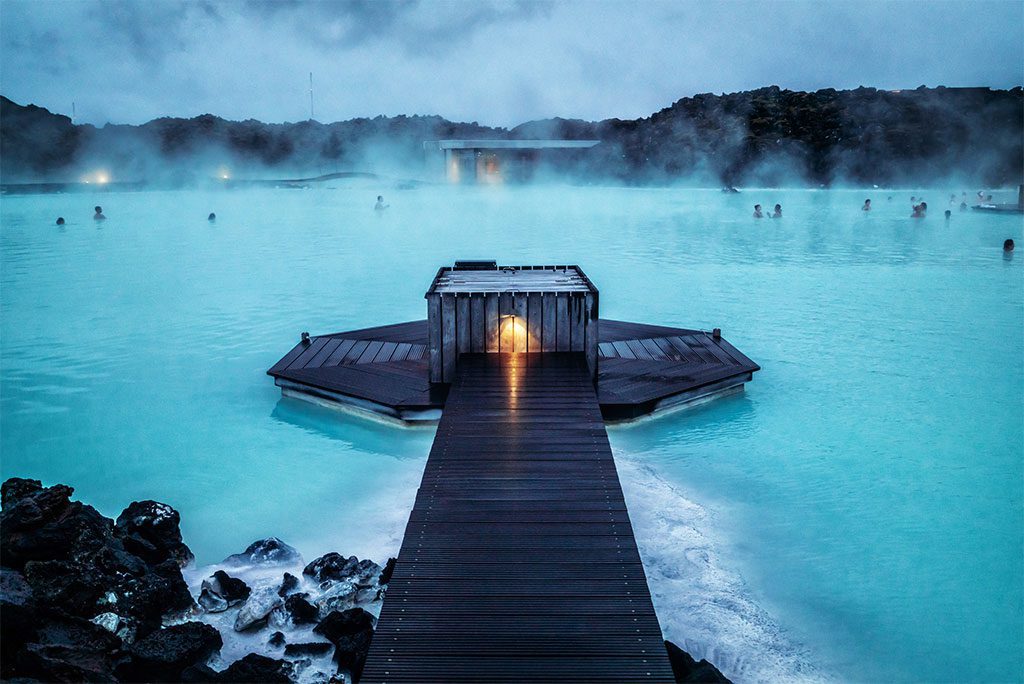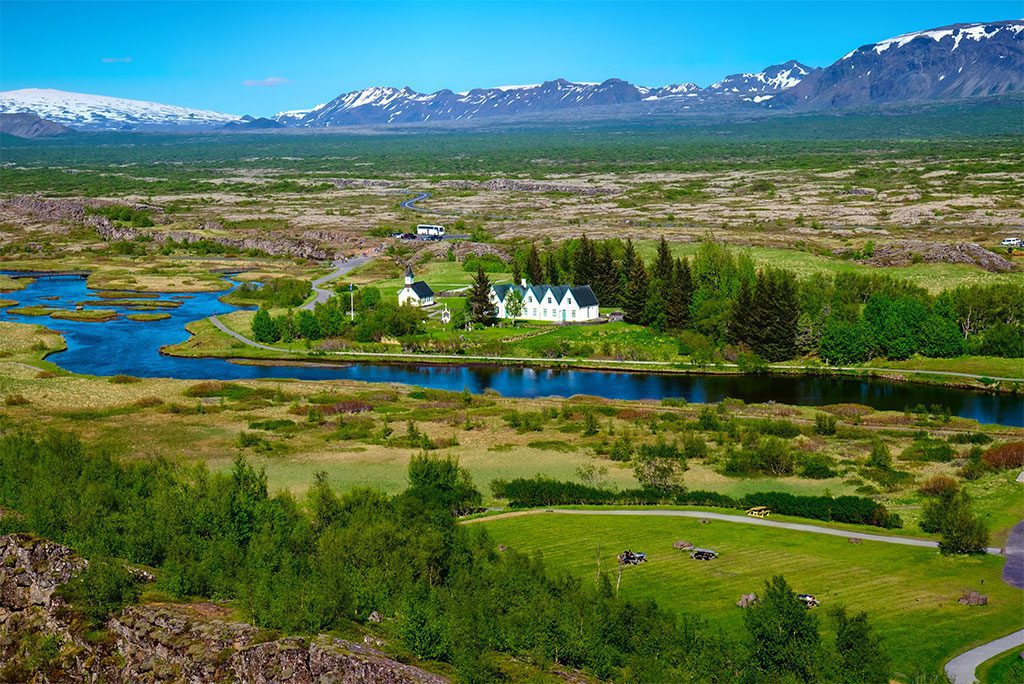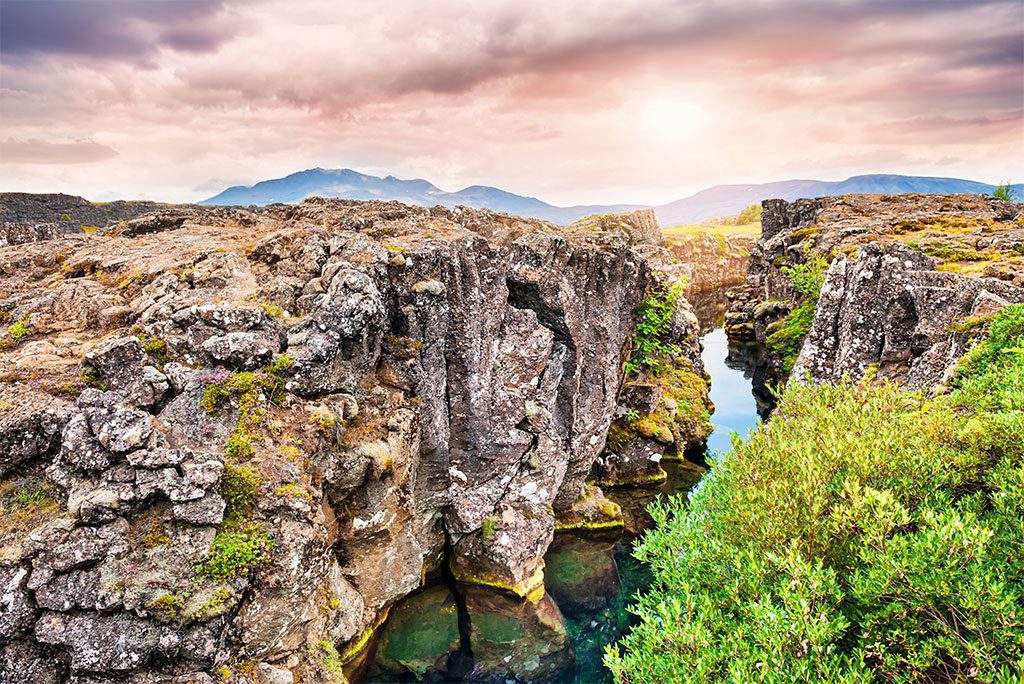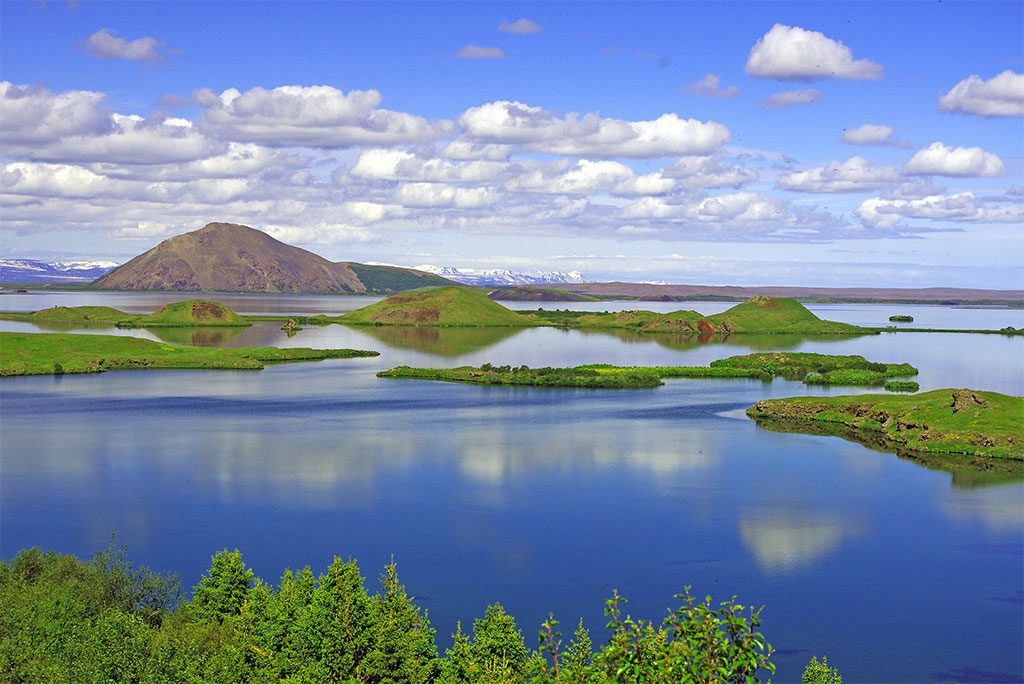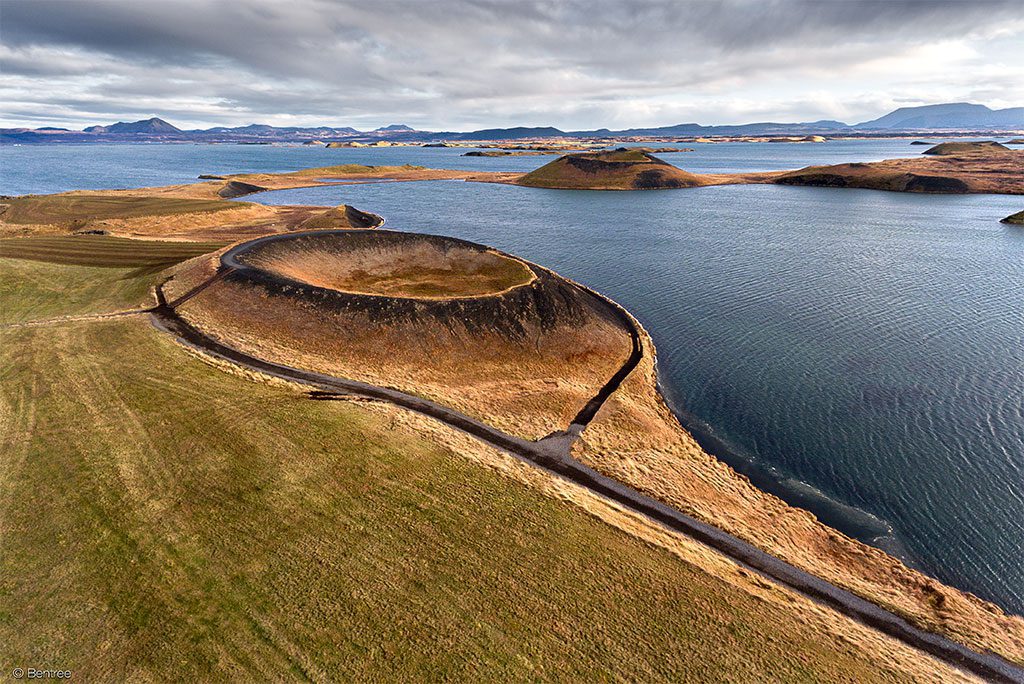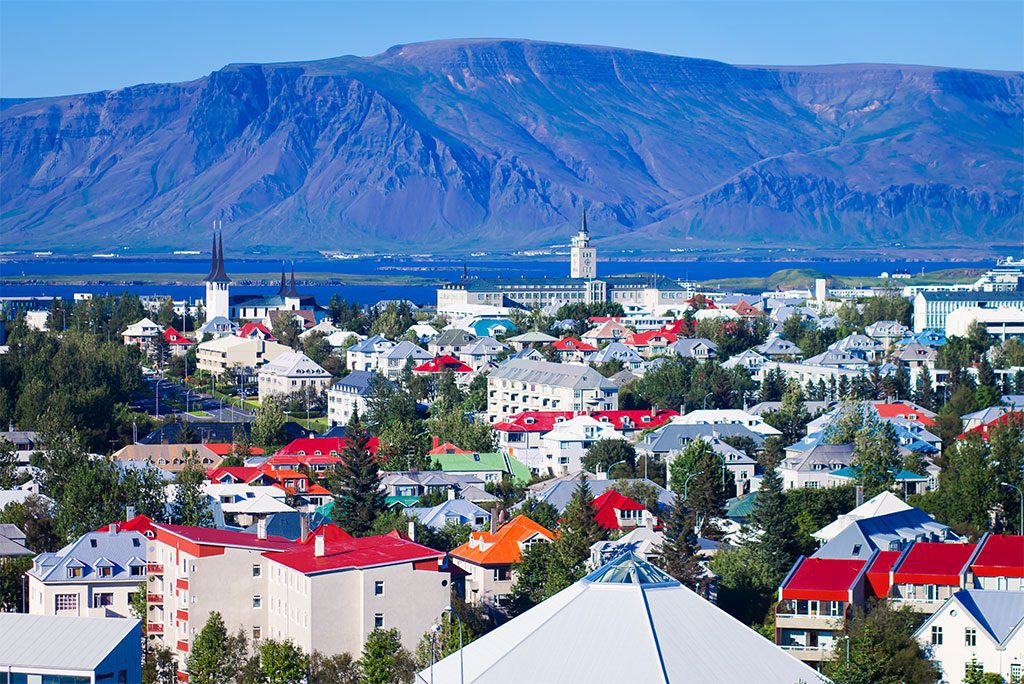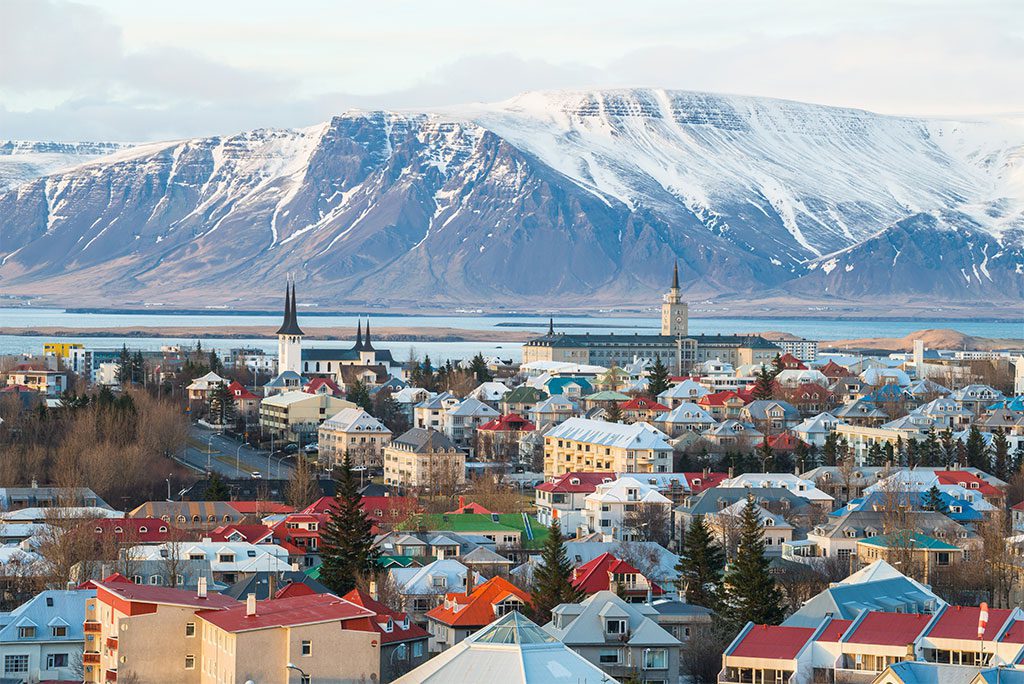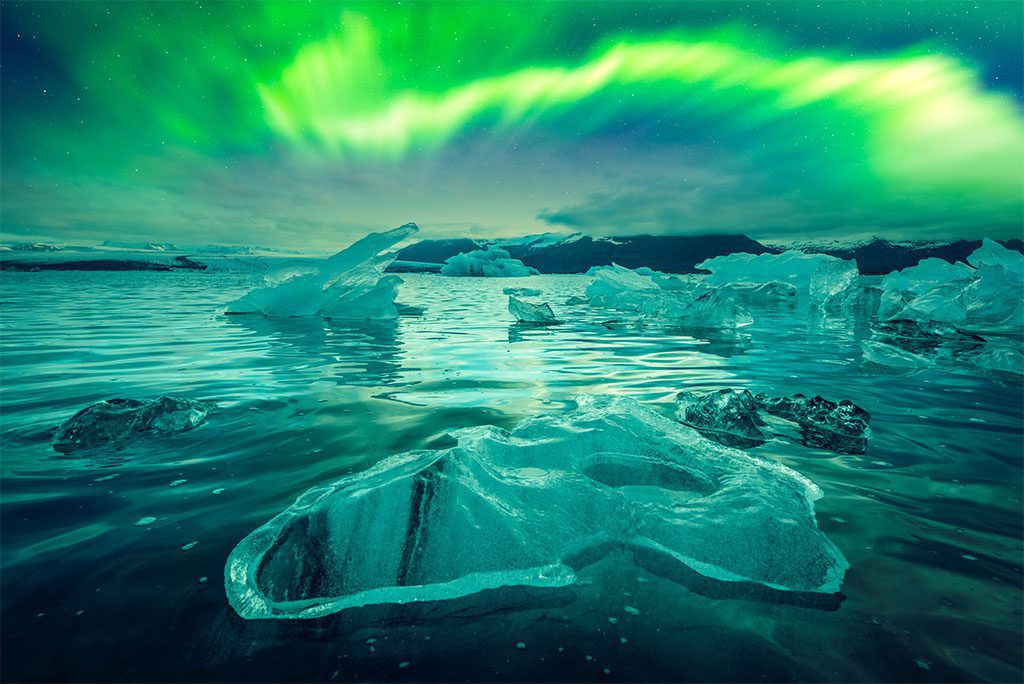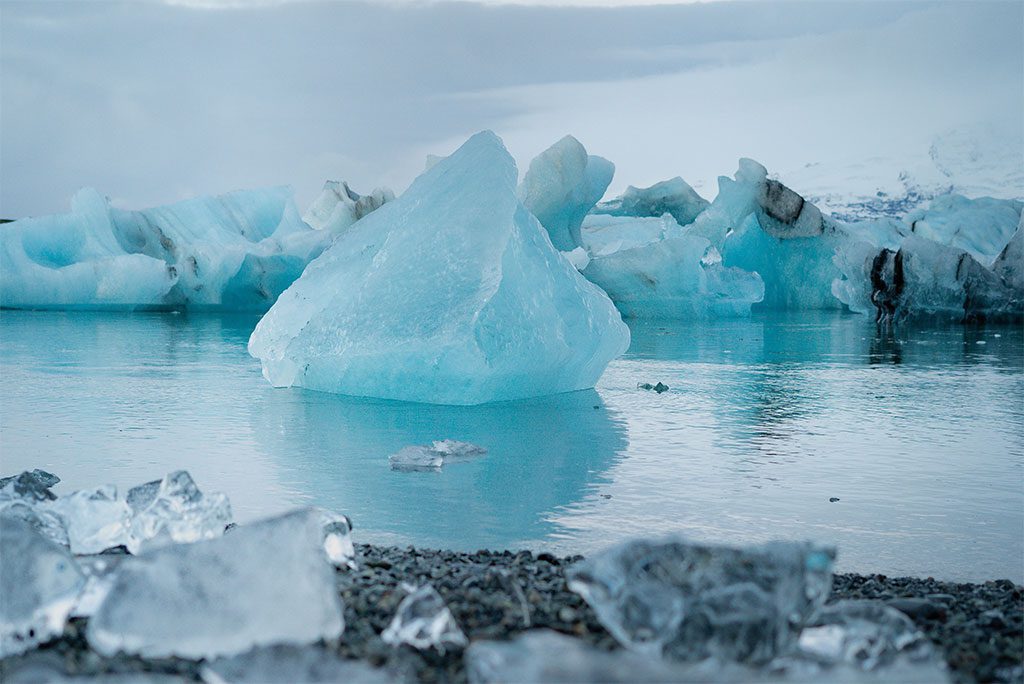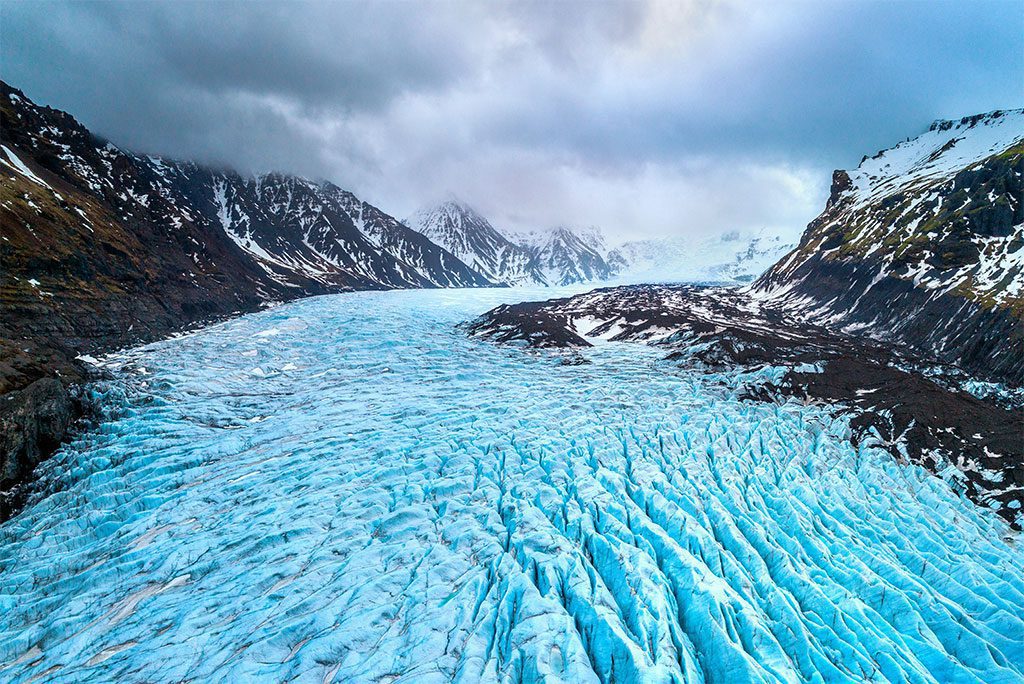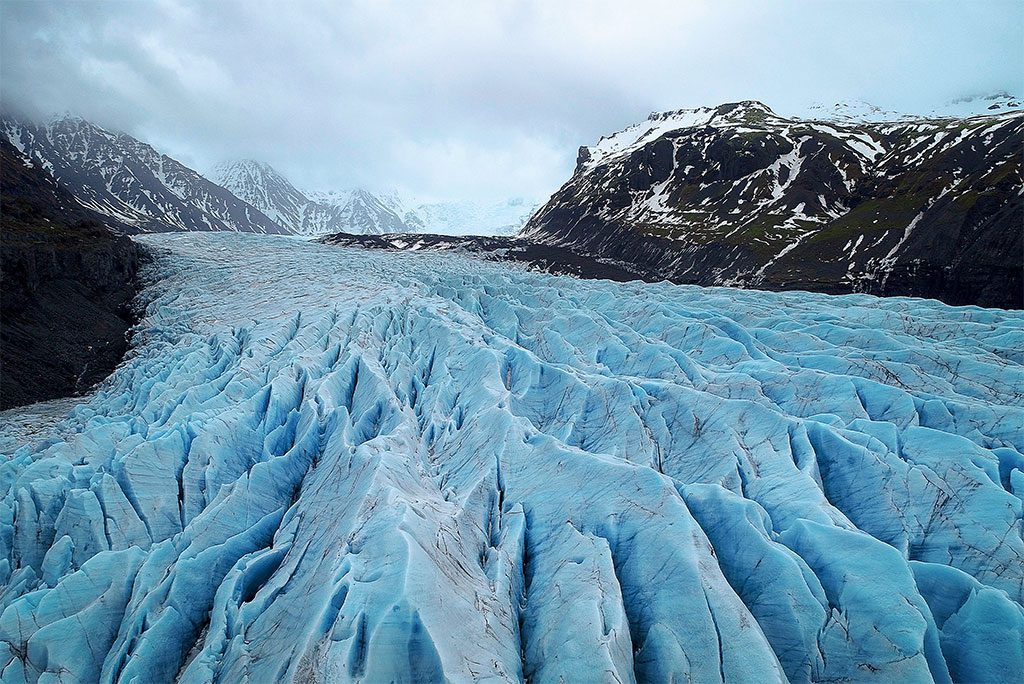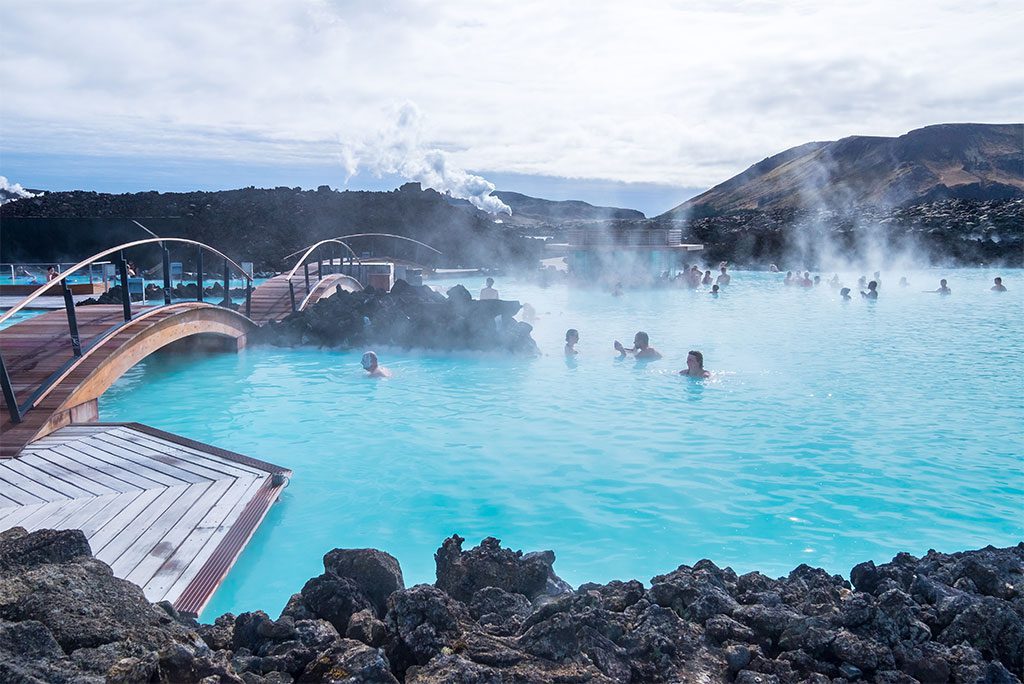Amazing natural features such as geothermal hot springs and active volcanoes are always in the spotlight in Iceland. Views of the ocean and adjacent mountains are more impressive than the city itself, even in Reykjavik, the vibrant capital of Iceland. Because it was cut off from the rest of Europe for centuries, this kingdom of fire and ice has developed its own literary canon, musical canon, and culinary canon, all of which you are sure to find fascinating.
The Icelandic people are just as interesting as any of the country’s most popular tourist spots, thanks to their strong sense of community and independence. Iceland is a year-round destination that shines brightly thanks to natural phenomena like the Northern Lights in the winter and the midnight sun in the summer.
10. Hornstrandir Nature Reserve

Unspoiled nature like that found at the Hornstrandir Nature Reserve in the Westfjords is the best way to see Iceland at its best. The Hornstrandir is the perfect destination for those who want adventure in nature yet aren’t afraid of a little difficulty. However, as there are no facilities or stores inside the preserve, visitors should be prepared for any eventuality. The Hornbjarg, a towering sea cliff near the reserve’s northernmost extremity, is a popular destination for hikers. In the summer, you may take advantage of guided trips that will take you to the very top of the globe in comfort and safety.
9. Husavik
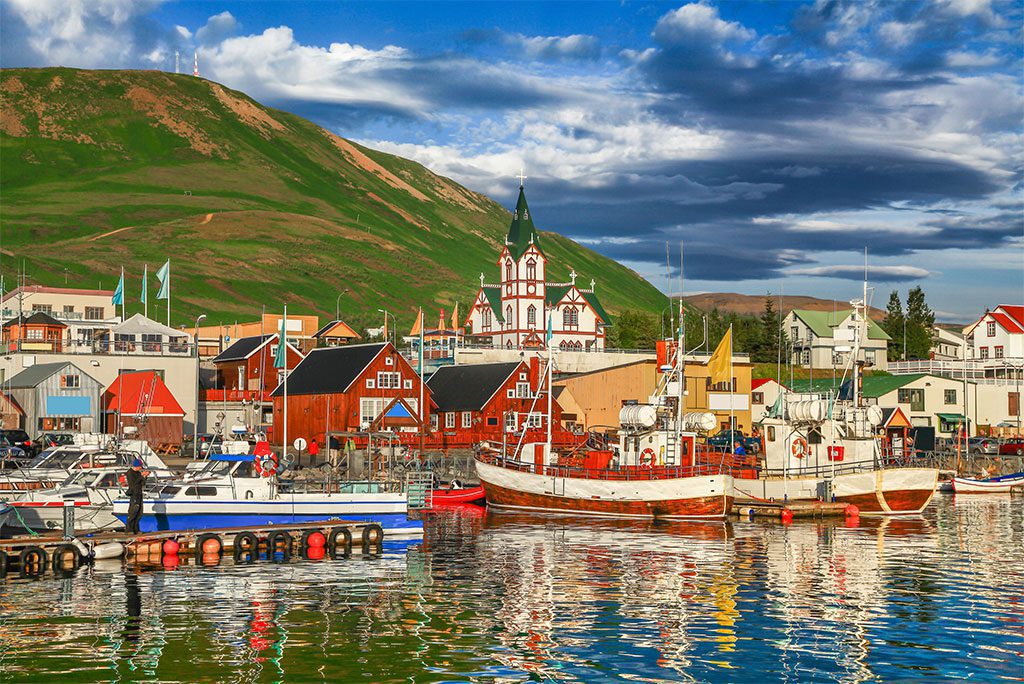
Husavik, a little fishing community in northern Iceland, is becoming known as one of the best places in Europe to go whale watching. Minke, humpback, and blue whales, as well as white-beaked dolphins and harbour porpoises, are the most frequently seen species from the tour boats. The Husavik Whale Museum not only has numerous full-size skeletons but also a plethora of educational material about whales and the history of whaling in Iceland. Husavikurkirkja, a beautiful wooden church erected in 1907, is well worth a brief look.
8. Landmannalaugar
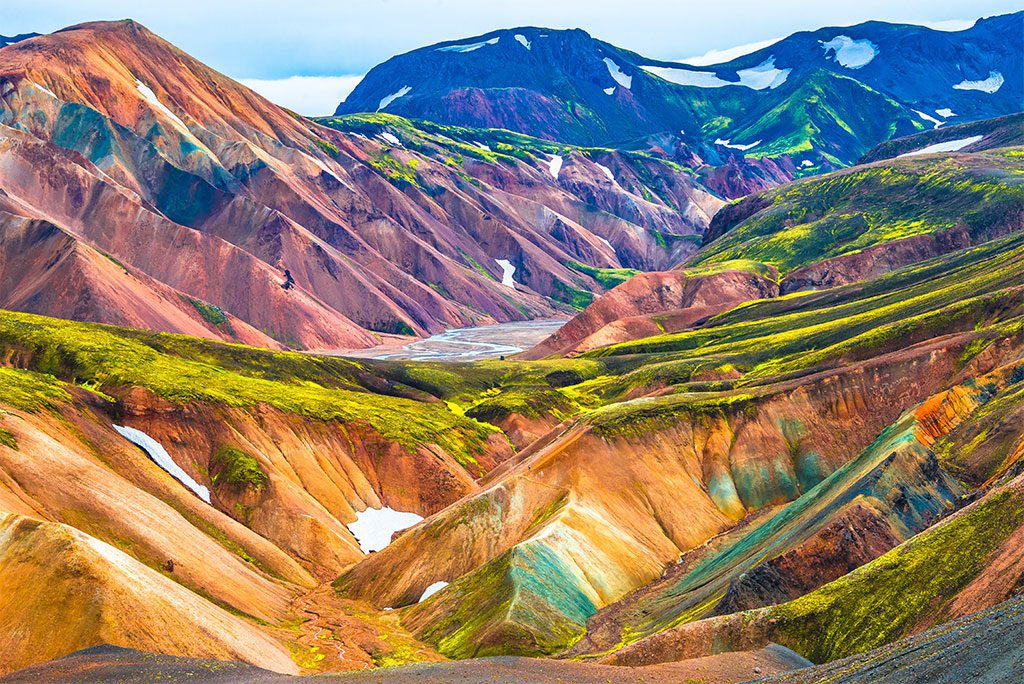
Landmannalaugar is a popular hiking destination inside the Fjallaback Nature Reserve in the Icelandic highlands’ interior. Known for its natural hot springs, this flat, readily navigable area sits on the border of a lava field. Hikes up adjacent Mt. Blahnjukur, one of the rhyolite mountains that crest Landmannalaugar’s gravelled plains, are also very popular. During the peak season, tour groups often visit the area for the day, and some basic lodgings are available for overnight visitors as well.
7. Thingvellir National Park
Þingvellir (Thingvellir) National Park is significant for the history of Iceland since it was the site where the country’s parliament was first founded in the 10th century. The park’s location in a rift valley at the meeting point of two major tectonic plates gives it additional value from a geological perspective. The cliffs, fissures, lakes, and traces of volcanic activity in this valley, which is surrounded by mountains on three sides, provide a striking illustration of the power of the moving earth. Iceland’s first national park is a popular day excursion from Reykjavik due to its well-marked paths that allow visitors to see the park’s highlights in only two to three hours.
6. Myvatn
Myvatn is the greatest site for going bird-watching in Iceland, and it was formed thousands of years ago by a torrent of hot lava. The lake’s namesake midges attract more than a hundred different species. Pseudo-craters, which were formed when lava erupted under the surface of the ocean, are another major tourist draw. The craters are best seen from the south bank of the lake, close to the outlying settlement of Skutustadir. At Dimmuborgir, amid the lava fields to the east of Myvatn, you may see a forest of pillars, tunnels, and rock structures formed when the water drained away.
5. Reykjavik
With just around 120,000 residents, Reykjavik is spread out across a broad region on the Seltjarnarnes peninsula in southwest Iceland. Most visitors begin their explorations on the city’s west side, at the Visitor Center beside beautiful Lake Tjornin. The National and Saga museums are excellent places to learn about Iceland’s Viking past. Take the elevator up to the top of the ultra-contemporary Hallgrimskirkja church to the east of the lake for a bird’s-eye perspective over the city. The major avenue of Laugavegur is also worth visiting due to the attractive selection of stores, pubs, and restaurants that can be found there.
4. Jokulsarlon
A trip to Iceland wouldn’t be complete without seeing an iceberg calving from a glacier and plunging into the ocean below. The Jokulsarlon Glacier Lagoon is the best site to observe this natural spectacle. Situated in southeast Iceland, the Breidamerkurjokull glacier’s melting ice created this picturesque lake, strewn with icebergs. You can see the lake and its drifting icebergs from the island’s Ring Road, but getting up close and personal with them on a tour boat is a whole other experience.
3. Vatnajokull National Park
The Vatnajokull National Park, which has Europe’s biggest glacier, extends over around 14 percent of the nation. The most popular part of the park is the southern territory of Skaftafell, where hiking routes take you through blue-hued glacier tongues and waterfalls. The park is divided into four individually maintained regions. Adventurous types may go up the Vatnajokull glacier or investigate the Lakagigar, a lengthy line of volcanic craters. Dettifoss, a waterfall known for how much water it sends over its cliff, is just one of the park’s many popular attractions.
2. Golden Circle Route
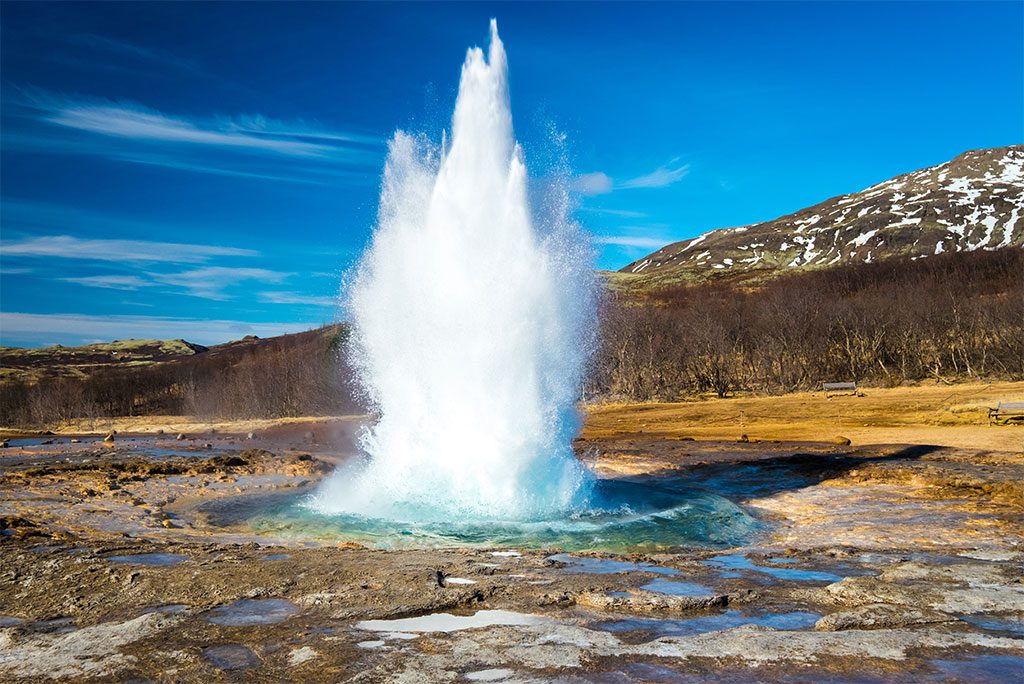
Some of Iceland’s most fascinating natural and cultural landmarks may be found in the area just to the east of Reykjavik. Multiple tour operators provide full-day trips along the roads and highways that make up the Golden Circle Route. The most well-known excursions take visitors to Geysir, the birthplace of the phrase “geyser,” and Gullfoss, where the massive “Golden Falls” cascade over the Hvita river canyon. Usually, the trip will also include a stop at Old Ingvellir, which stands on the site where the Icelandic country was established in 930.
1. Blue Lagoon
The Blue Lagoon, which can be found on the Reykjanes peninsula less than an hour’s drive from Reykjavik, is the most visited attraction in all of Iceland. The waters in this artificial lake are heated to extreme temperatures by a neighbouring lava flow. Relaxing in a hot lagoon surrounded by black lava rocks is the main draw, even if the geothermal waters include minerals like silica said to provide health advantages. The resort has 35 rooms, a restaurant with a view of the lagoon, and a variety of spa services, saunas, steam rooms, and a fully-equipped gym.


